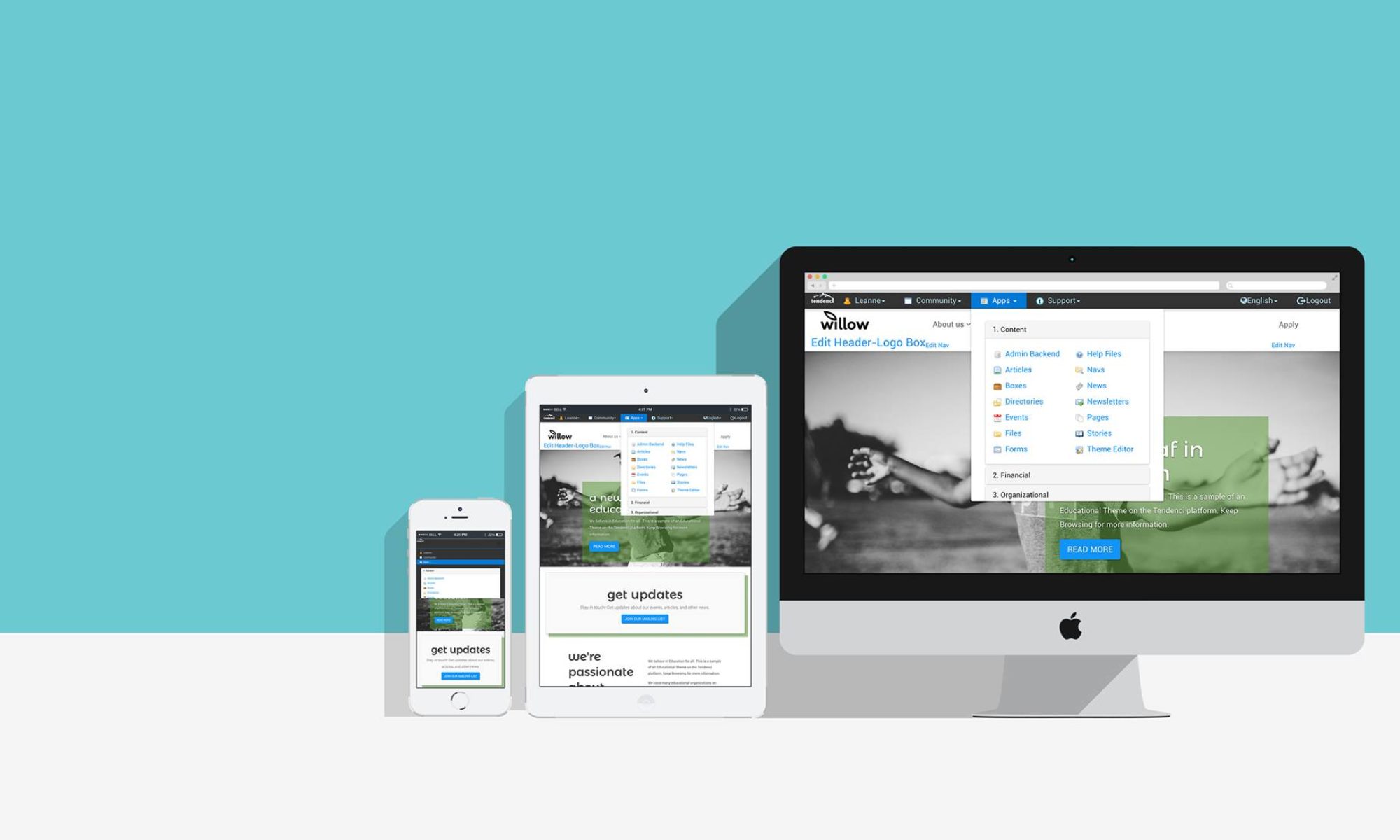The Event
The Houston AMA hosted a seminar on mobile marketing for NPO’s and SIG’s. It was very informational with a forward looking perspective. In summation, the landscape of marketing is changing as mobile devices become more predominant in the market. Following is a summary of the critical information at the seminar in case you missed out.
The Facts
More people will connect to the Internet through wireless devices than through cable-based connections this year, and for the foreseeable future. Smartphones are outselling PC’s and tablets. (Yes that includes you iPad!) In accordance, marketing and advertising must adjust their content for this unwavering trend. The first step is to know the characteristics of this new target market.
Who Are We Dealing With?
The answer is the mobile audience. This mobile audience can be grouped by a few key factors:
- ALWAYS ON (connected 24/7)
- ENGAGED (very active with content)
- IMPATIENT (want it now)
- YOUNG (ages 18-44)
Tailoring the Message: Keys to Success
As the mobile market progresses, the winners will be those who adjust their content for this fast-paced, impatient crowd. The critical factors are as follows:
Loading Speed
One of the first factors is loading speed. The experienced advertiser will tell you that you have less than 30 seconds to grab the reader’s attention. If 5 of those 30 seconds are spent loading the page, then you’re off to a bad start. Yes, mobile performance is much more tedious than desktop performance. Here are some websites to visit if you’re having trouble with your loading speed: YSlow, and Mobilewebbestpractices.
Engaging Content
The content also needs to be engaging. If the webpage does not incite some course of action or immediate entertainment then again, your 30 seconds are up! This is a small part of Schipul’s SEM strategy that is proven to be very effective; get them involved quick. A quick scan of your website does not bring members, and therefore does not produce sales. Interaction is the key.
Simplicity: Navigation and Presentation
The most crucial factor is simplicity. Apple is a good example of this. If the content or navigation of your site is difficult or requires too much time, you will lose your audience. The content and presentation need to be universal and simple. Most people use the Internet for finding data. Know what they are looking for, and make it easy to find and use. Here are some simple dont’s:
Don’t
- Write content into images (prevents copying and pasting)
- Have too much distraction (including flash based images and adds)
- Use a bunch of social widgets (again, distracting and cluttered)
Where this is Heading
Mobilization
If you want your company to stay current and your advertising to produce results, its time to mobilize your site. Many companies have already produced landing pages especially for mobile devices. This means that when I view a website on my iPhone, I won’t have to stretch out the page and hunt in order to find things. Many companies have produced apps for the Apple and Android platforms that are much more appealing and involve no screen expanding. They fit the phone and are seem even more simple and universal for users.
The Future: Responsive Website Design
The problem is that these apps are costly and must be made for multiple platforms in order to reach the full mobile audience. The future is responsive website design. With this flexible design style, the content adjusts for the device, and eliminates the need to produce content on multiple platforms. Here are a few websites to try: (make sure to minimize them and then resize the window to various sizes and shapes)
If you tried re-sizing the window, you noticed that the content continues to adjust to the size. The flexibility of this structure will eventually lead to responsive design replacing individual platform apps.
How to Deal with It: Strategy
The next step as a marketer or advertiser is to form a customized strategy for your business. Here are some general concepts that will help this process in terms of the mobile audience:
- Create “Look @” not “Listen to” media
- Faster is better
- Simplicity is the key
- Clearly call them to action, and keep them engaged
Hope this helps to give a general glimpse into the future, and where we need to be looking.
